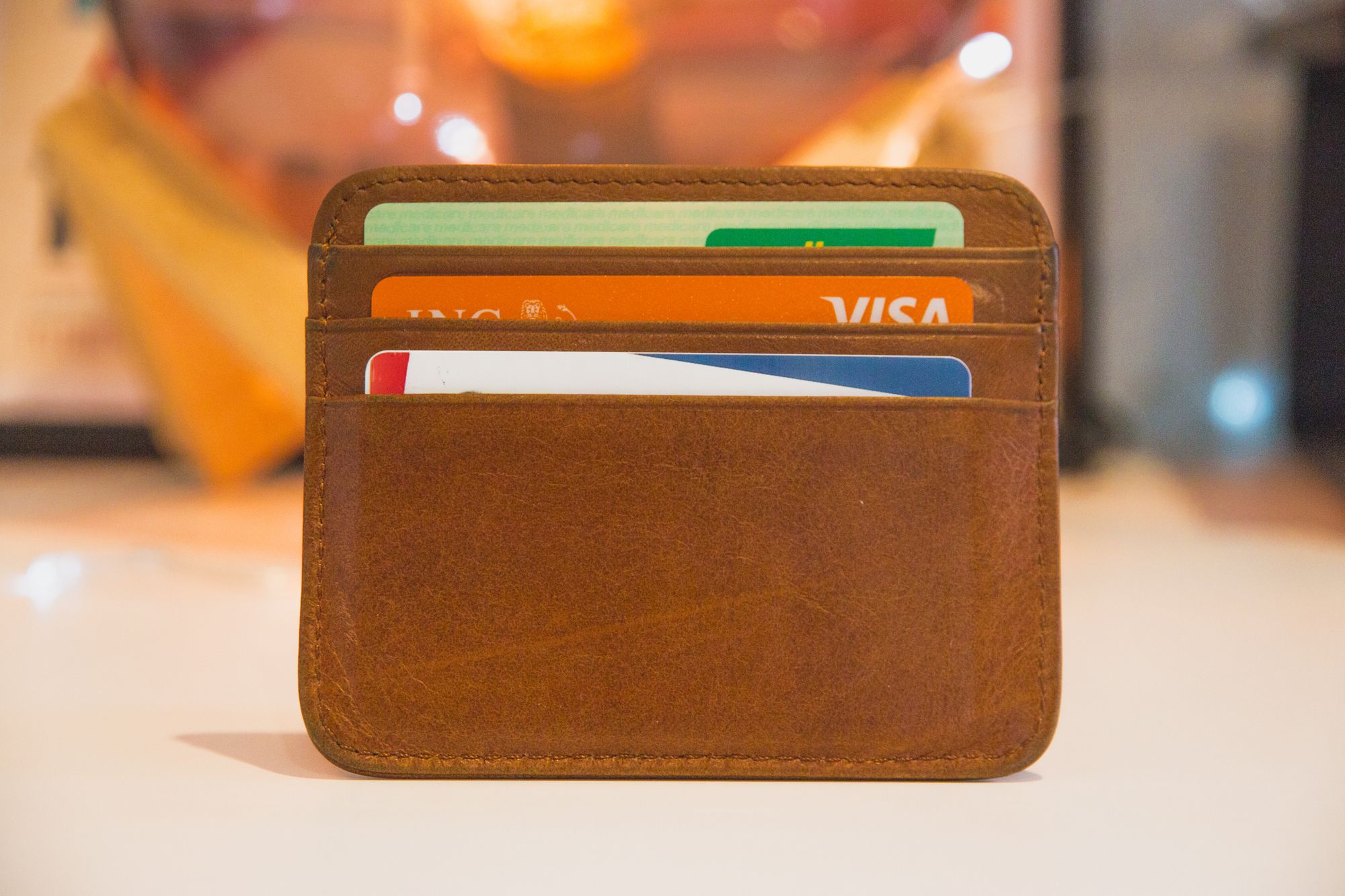The world around us is changing. COVID-19 has been a catalyst for moving brick and mortar operations to digital. Even the most traditional institutions have adopted technology to reach their customers during these unprecedented times. Despite the tragedy that comes with the pandemic, I’m excited about the opportunities this pandemic has brought to financial services and in particular to the banking industry. COVID-19 has managed to do what many thought impossible, get banks innovating to serve customer needs.
In Kenya, the first time you heard fintech was probably after the launch of M-PESA in 2007. While fintech has been in existence since 1866, fintech as we know it burst onto the scene circa 2008 with pundits touting the end of brick and mortar banks. Fintech was the buzzword of the 2010s with its meaning differing from startup to startup and conference to conference. Fintech, a derivative word coined by the Financial Services and Tech worlds, is simply Financial Technology. It is the use of new tech to improve and automate the delivery and use of financial services with the premise that if we can deliver these services cheaper, then we can reach more users thus increasing access to financial services. Further, we can use technology to enhance the customer experience and innovate new products and services.

How can banking be disrupted?
M-Pesa disrupted the banking industry in Kenya and led to the provision of financial services like payments, lending, and savings on mobile phones. Building on the M-Pesa platform, banks and private companies are now lending to customers over the phone, making credit decisions and allowing customers to borrow in less than 48hrs. In mobile lending, lenders assess customer habits and transaction data to score customers, instead of relying on collateral and a lengthy process of approvals and evaluations to determine if and how much a customer can borrow. The process is shorter, more efficient, collects more data and is real-time. In most cases, it is fully automated, with checks and rules built into the decision algorithm. As a result, we can say we have disrupted short-term credit. We have used technology and data to change the traditional way of doing things, simplifying the loan approval process without skimping on KYC and risk management. In doing this, we have innovated new products and services in a bid to improve responsiveness to customer needs. Great, right?
Consider the opposite when it comes to long-term credit. Instead of automating the process and innovating along the way, long-term credit is a digital mullet. A digital mullet is any organisation or process that appears to be digital but runs on a manual process in the background. Banks use technology on the front-end to enable customers to apply for loans. However, a manual back-end process is still in place for loan approvals. In the past, where a customer file would move physically from one level to the other, we now use technology to move applications while still requiring human intervention at every stage. Instead of creating a new process or innovating on the steps, banks have just automated the delivery channel and continued their old-world ways.
Credit is just one of the financial services that are using technology to improve the customer experience. In the payments world, both big tech and non-bank startups are challenging the way we make local and cross-border payments. Digital wallets and cryptocurrencies have all come up as a result of disrupting how we make payments. There’s more to come! Did you know your voice assistants can now make payments? That you can tell Siri, Alexa or Bixby to pay your bills, and your IoT device can purchase items online for you? These developments are harbingers of the disruption we can expect in any element of financial services: savings, accounts, investments, and insurance.
Digital banks in Kenya – the myth
In Kenya, Equity Bank has been a leader in digital banking services, winning several awards over the years for their innovations towards moving banking functions online. They have managed to shift a significant number of in-branch transactions online, but they still are a brick and mortar bank. Equity bank is a traditional bank that has a digital offering that allows you to set up an account, transact from your account and apply for non-instalment loans online, but this does not make it a digital bank. Equity is a traditional bank with an online presence. In truth, we do not have a digital bank in Kenya.
Digital banks offer the same type of services as a traditional bank, but they do not have a physical presence in the form of branches. Everything is conducted online through a card, website or an App. You have full control of your account from your mobile phone or computer. Digital banks vary in implementation from fintech companies that offer only one type of service under a payment license or no license at all, to fully-fledged regulated banks that provide the gamut of financial products from deposits to lending. Digital banks also vary in naming, and you will hear them referred to as neo banks, challenger banks, beta banks, fintech banks, among others. As with all things fintech, definitions vary broadly and are changing every day. However, three main models of digital banks are emerging.
Fully digital retail banks
These are either fintech startups or subsidiaries of traditional banks challenging the status quo. They are entirely digital and offer only their proprietary products and services. They take advantage of the fact that they do not have legacy processes and leverage new tech to develop products and services on a digital platform. Monzo and Revolut are examples of fintech startups while Marcus by Goldman Sachs is an offshoot of an incumbent bank.
Marketplace banks
This model is platform-based and offers both proprietary solutions and access to 3rd party solutions using APIs. The APIs link the digital bank’s customers to available financial products. The APIs may be open to all 3rd parties that meet the due diligence requirements (Alipay) or a select few (Starling and Fidor). The selling point for this model is the bank’s core products augmented by access to other products in the market. Using this model means that the bank doesn’t have to have offerings for all financial services but is still able to serve its customers’ needs. Digital banks that operate this model are an intermediary for the customer and generate revenue from their customers and 3rd party partners.
Banking-as-a-Service(BaaS)
Different from Software-as-a-Service (SaaS), these tech companies not only provide the technology to run a bank, but they also have a banking license and will lease it to their customers for a fee. The model offers fintech companies a fast and cheap go-to-market route. The BaaS company builds software, and in some cases, white labelled financial solutions that it then sells to fintech companies. The fintech company can then sell the solution as their own under their brand. Bankable and solarisBank are some examples of BaaS.
In a nutshell
With the increasing demand for banking to be something we do, rather than somewhere we go, banks and other financial institutions need to innovate. Let us not bound digitisation to automating old processes or creating one size fits all solutions. Instead, we should take a chance to innovate and provide hyper-personalised digital solutions that serve the customers’ needs. Banking needs to go back to first principles and rediscover the customer requirements of the 21st century. There’ll be more about digital banks in later issues. Watch this space 😊





